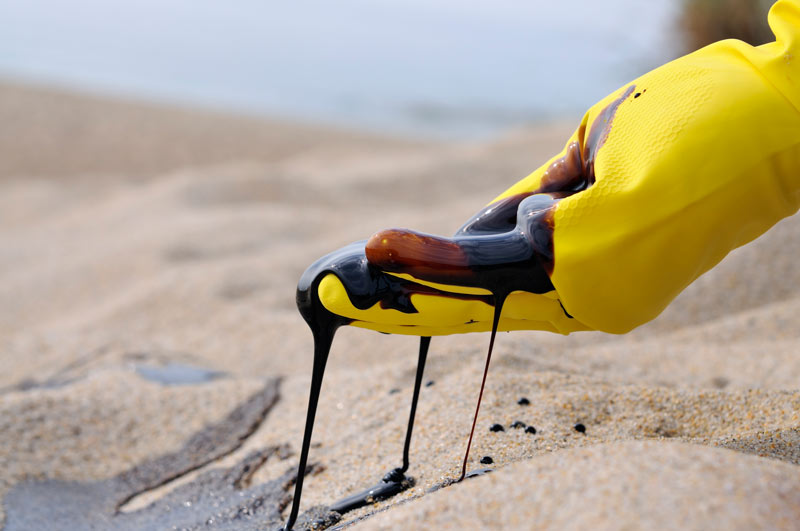Context
The marine environment is continuously and increasingly threatened by pollution derived from maritime accidents that frequently causes spills of dangerous substances. The major threats are oil spills and chemical spills, the so-called Hazardous-Noxious-Substances (HNS), which are daily carried along the sea tracks. The dimension of the problem can be seized by analysing the statistical data issue by the Agency EMSA that anually issues a detailed report on the marine casualties and incidents.

According to EMSA, EU Members States (MS) have reported around 15807 occurrences of maritime accidents from 2011 and 2017. It is clearly reported how cargo ships are the most common category involved in marine incidents, followed by passenger ships. More interestingly, the location of the casualties and incidents is primarily in port areas and costal waters (distance less than 12nm). These two location covers about 68% of the distribution of the total number of events, with a percentage of about 42% related to port areas. If we consider only cargo ships the percentage of events in port areas increases up to 45%. These data are a robust statistics of the entire time frame (2011-2017).
Moreover, several hundreds of cases of pollution were reported (437) with a majority of cases (386) where sea pollution was caused by release of fuel or other chemical pollutant. To deal with such a threatening scenario, it is essential to enhance the level of preparedness especially of the Mediterranean States that most probably shall bear the negative environmental and economic/social consequences.

Several International Conventions and Protocols (e.g. Barcelona) try to impose common rules in order to contrast marine pollution. At the same time, several EU directives indicate the marine environment as an essential economic resource, suggesting, however, the necessity to foster a balanced approach in order to increase the human activity while preserving the ecological systems (e.g. ICZM and MSP directives). In this scenario, Mediterranean ports and the maritime transport are the core of the Blue Growth and, at the same time, they represent high-risk activities. Moreover, it is well known that oil pollution reponse is most efficient if the actions are taken as soon as the spill occurs, whereas the actions taken when the oil is already grounded or beached are much less effective.

In this regards, ICT tool that helps in predicting the fate of the spills could represent a step forward in contrasting marine pollution. Indeed, great amount of work has been devoted to endow the EU-Member States with common protocols, action plans and operational tools regarding either oil or HNS spill. So far, however, it is not available a unified platform that covers the Oil and HNS spills. This is the main gap that BE-READY project aims to fill implementing an Environmental Decision Support System (EDSS), easily exportable
